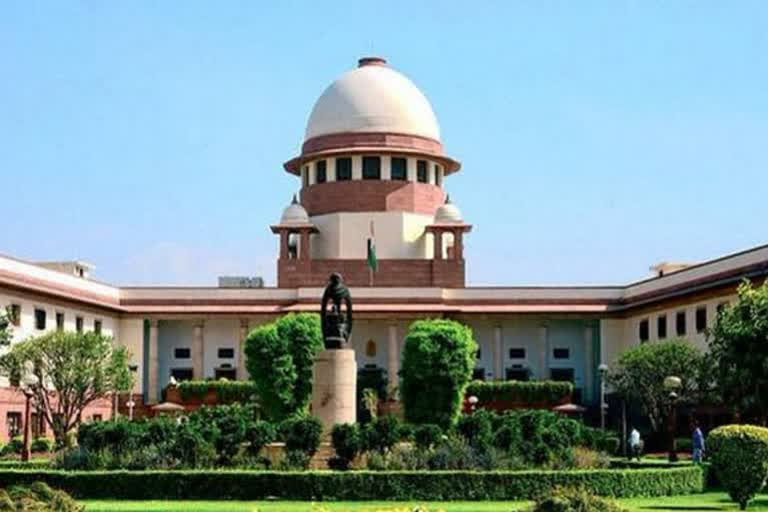New Delhi:“Long and repeated battles” between the Centre and the Delhi government came under the scanner of the Supreme Court which on Thursday said both of them seemed to have adopted the “my way or the high way” approach making governance and needing collaboration difficult. The observations on the continuing face-off between the two governments came in a judgement by which the top court held that the Delhi Legislative Assembly and its committee have the power to compel the attendance of members and outsiders.
It also dismissed the plea of Facebook India Vice President and MD Ajit Mohan and others challenging the summons issued by the house for failing to appear before it as a witness in connection with the northeast Delhi riots last year. “No governance model requiring such collaboration can work if either of the two sides takes a ''my way or the high way'' approach –- which both seem to have adopted,” said a bench comprising justices S K Kaul, Dinesh Maheshwari and Hrishikesh Roy.
The power tussle between the Centre and the Delhi government has been going on since 2014 and a five-judge Constitution bench headed by the then CJI Dipak Misra in July 2018 had ruled that the Lieutenant Governor has no independent power to take decisions and is bound by the elected government's advice. In today's judgement, the top court advised the Centre and the Delhi government on collaborative governance and asked the AAP government to recognize the constitutional scheme of division of powers.
Simultaneously, it said that the Centre is required to work in tandem with a different political dispensation. “The political dispensation which is in power in the State has to recognize the constitutional scheme of division of powers in Delhi which circumscribes their ability to work only within those powers. When they got elected, they knew what they were getting elected for – not what they thought should be the division of powers.
“On the other hand, the Central Government is required to work in tandem, albeit with a different political dispensation. Maturity is required from both sides and we have to reluctantly note the absence of such maturity in this important inter-relationship,” it said. To work well, the Central Government and the State Government have to walk “hand in hand or at least walk side by side for better governance”, it said.
“The failure to do so is really a breach of their respective electoral mandate, the seven Lok Sabha seats are all held by the powers that be in the Central Government but a very different result came in the Assembly Elections. This has seen a repeat,” it said. It is a reflection of the maturity of the electorate which has chosen to put one dispensation in power in the Centre while seeking to choose another in the State as the roles are divergent, it said.
